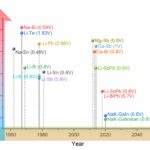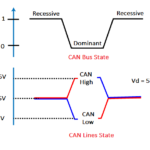An inverter constructed with off-the-shelf silicon-carbide power modules transfers 99% of its input energy to the motors it drives, say designers at the Future Renewable Electric Energy Distribution and Management (FREEDM) Systems Center at NC State. This is about 2% higher than the best silicon-based inverters under normal conditions.

The new inverter prototype, made using silicon carbide components. Iqbal Husain, ABB Distinguished Professor of Electrical and Computer Engineering at NC State and director of the FREEDM Center, says it can transfer 99% of its input energy to the motor it drives, about 2% higher than the best silicon-based inverters under normal conditions.
The new SiC-based inverter is also smaller and lighter than versions using silicon power semiconductors. It hits a power density of 12.1 kW/L – close to the U.S. DOE goal of developing inverters at 13.4 kW/L by 2020. For comparison, electric vehicles made in 2010 could do only 4.1 kW/L.
Designers also say the new inverter is more effective at dissipating heat than previous versions. This could lead to the creation of air-cooled inverters, eliminating bulky and heavy liquid cooling systems. They expect to eventually make an air-cooled inverter up to 35 kW using the new module, for use in motorcycles, hybrid vehicles and scooters. The current SiC inverter prototype was designed to hit 55 kW – enough power for a hybrid vehicle. The researchers are now in the process of scaling it up to 100 kW – large enough for a fully electric vehicle – using off-the-shelf components.
Researchers described their work in a paper delivered at the recent IEEE Energy Conversion Congress and Exposition (ECCE) conference, “Design Methodology for a Planarized High Power Density EV/HEV Traction Drive using SiC Power Modules.”






